The African savanna, a vast expanse of grasslands interspersed with trees, is home to some of the world’s most remarkable wildlife. This ecosystem not only supports an incredible diversity of species but also offers a glimpse into the intricate web of life on Earth. From majestic predators to gentle herbivores, these animals captivate the hearts of nature enthusiasts, researchers, and travelers alike.
In this article, we will explore ten iconic wildlife species of the African savanna, diving into their unique characteristics, ecological roles, and conservation challenges.
Why the African Savanna is a Wildlife Haven
The African savanna spans multiple countries, including Kenya, Tanzania, Botswana, and South Africa. Its distinct seasons—wet and dry—shape the behaviors and survival strategies of its wildlife. The savanna’s open grasslands provide ample grazing opportunities, while the scattered acacia trees offer shelter and food.
Key Features of the African Savanna:
- Climate: Hot, with alternating wet and dry seasons.
- Vegetation: Grasses, shrubs, and drought-resistant trees like the baobab.
- Wildlife: Home to the “Big Five” and countless other species.
1. African Elephant (Loxodonta africana)
Characteristics
The African elephant, the largest land mammal on Earth, is a symbol of strength and intelligence. These majestic creatures can weigh up to 6 tons and stand over 3 meters tall.
Notable Traits:
- Highly social, living in matriarchal herds.
- Use their trunks for communication, feeding, and drinking.
- Known for their exceptional memory and problem-solving abilities.
Ecological Role
Elephants are “ecosystem engineers,” shaping their environment by uprooting trees, which maintains the savanna’s open landscape.
Conservation Status
Listed as endangered due to habitat loss and poaching for ivory. Conservation efforts include anti-poaching patrols and wildlife corridors.
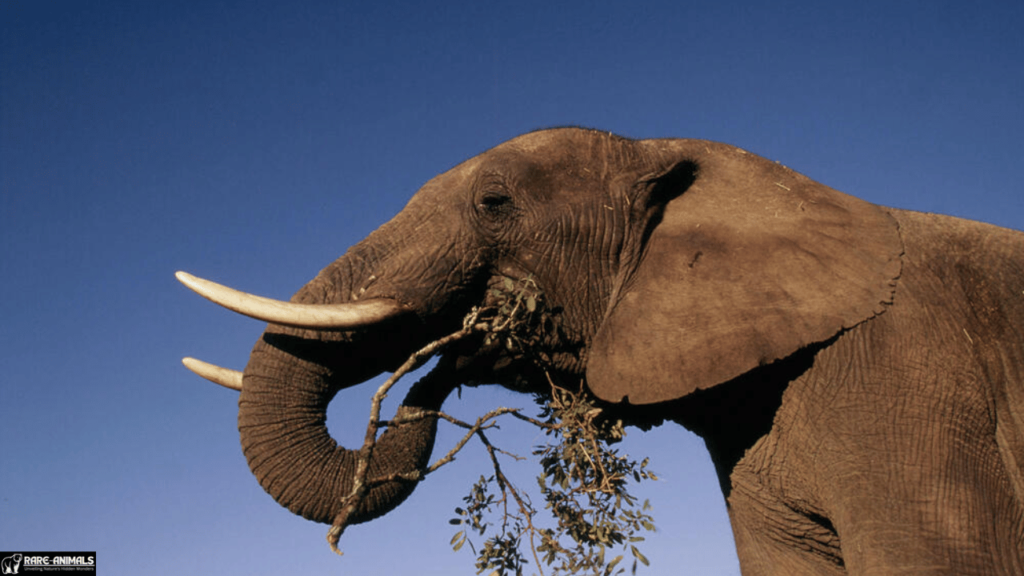
2. Lion (Panthera leo)
Characteristics
Dubbed the “King of the Jungle,” lions are apex predators that play a critical role in maintaining ecological balance. Males are known for their iconic manes.
Notable Traits:
- Live in social groups called prides.
- Exceptional hunters, often working in teams.
- Roar can be heard up to 8 kilometers away.
Ecological Role
Lions regulate herbivore populations, preventing overgrazing and supporting biodiversity.
Conservation Status
Threatened by habitat fragmentation and human-wildlife conflict. Community-based conservation programs are vital for their survival.
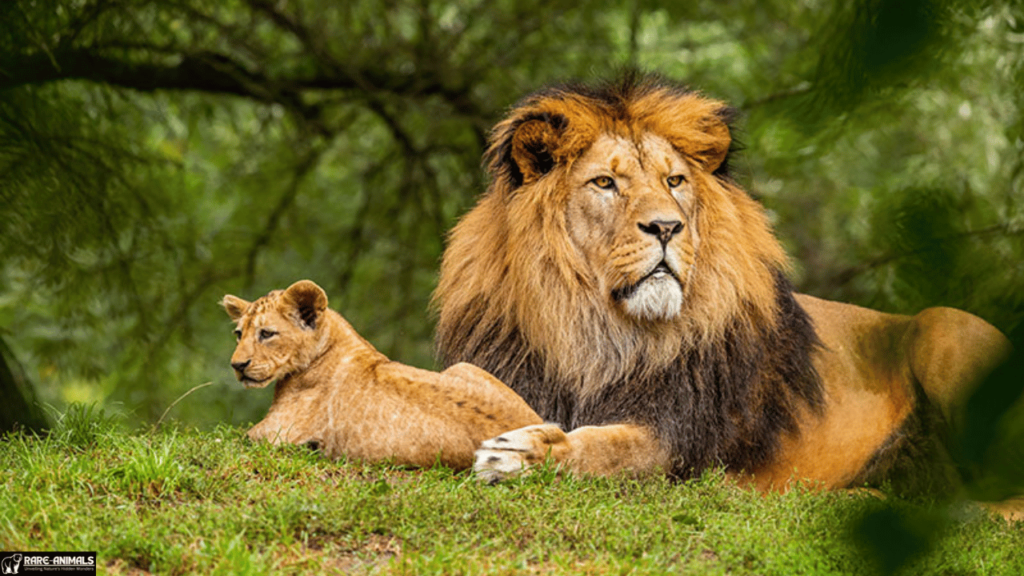
3. Giraffe (Giraffa camelopardalis)
Characteristics
Giraffes, the tallest land animals, are instantly recognizable by their long necks and unique coat patterns.
Notable Traits:
- Use their long necks to browse on tree leaves, especially acacias.
- Have a unique gait, moving both legs on one side simultaneously.
- Strong kick can deter predators.
Ecological Role
As browsers, giraffes help prune trees, promoting healthy growth and sunlight penetration.
Conservation Status
Classified as vulnerable, primarily due to habitat loss and poaching. Conservation initiatives include habitat restoration.
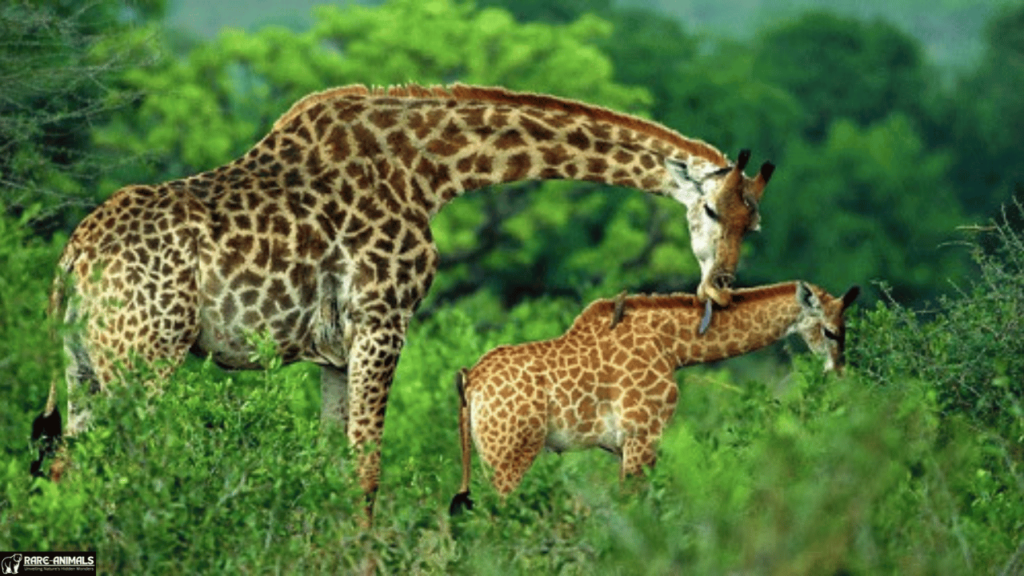
4. African Leopard (Panthera pardus pardus)
Characteristics
Leopards are solitary, elusive predators known for their adaptability and climbing prowess.
Notable Traits:
- Unique rosette-patterned coat provides camouflage.
- Skilled climbers, often store prey in trees to avoid scavengers.
- Versatile diet includes mammals, birds, and reptiles.
Ecological Role
Leopards control prey populations and maintain ecological balance.
Conservation Status
Classified as vulnerable due to habitat fragmentation and human-wildlife conflict. Education and ecotourism play crucial roles in their protection.

5. Plains Zebra (Equus quagga)
Characteristics
Zebras, with their distinctive black-and-white stripes, are among the most recognizable animals of the savanna.
Notable Traits:
- Stripes act as a natural deterrent to biting insects.
- Live in herds for protection against predators.
- Communicate using vocalizations and body language.
Ecological Role
As grazers, zebras maintain grassland health and facilitate new plant growth.
Conservation Status
While not endangered, they face threats from habitat encroachment and hunting. Protected reserves offer a safe haven.
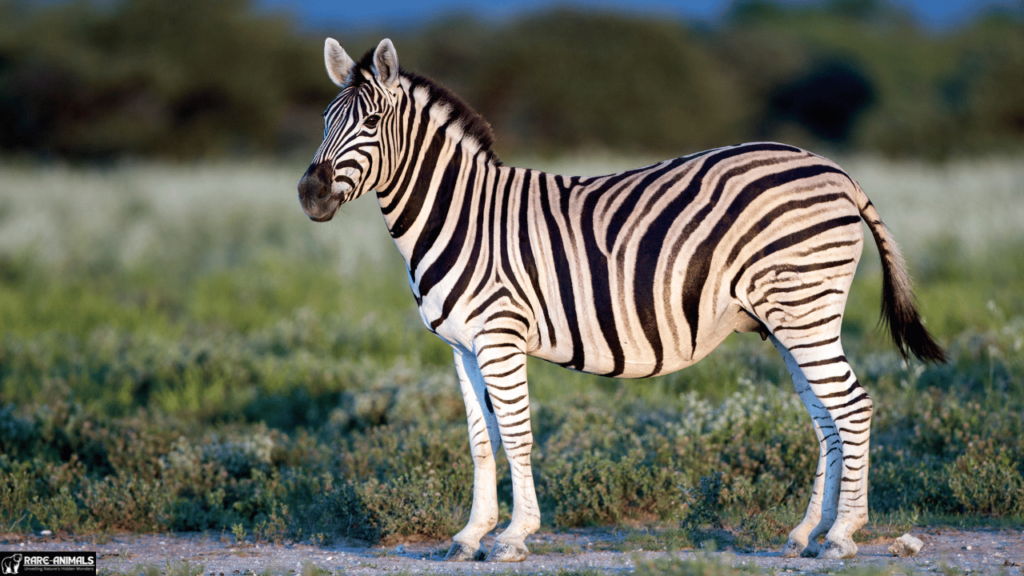
6. Cheetah (Acinonyx jubatus)
Characteristics
Renowned for their speed, cheetahs are the fastest land animals, capable of reaching speeds up to 112 km/h.
Notable Traits:
- Slim body and long legs optimized for speed.
- Black “tear marks” reduce glare from the sun.
- Solitary or live in small family groups.
Ecological Role
Cheetahs target smaller herbivores, preventing overpopulation and supporting plant regeneration.
Conservation Status
Classified as vulnerable due to habitat loss and competition with larger predators. Captive breeding and rewilding programs aid their survival.

7. Hippopotamus (Hippopotamus amphibius)
Characteristics
Hippos, known for their massive size and semi-aquatic lifestyle, are iconic residents of Africa’s rivers and lakes.
Notable Traits:
- Spend most of the day submerged to stay cool.
- Territorial in water but graze on land at night.
- Strong jaws capable of crushing bones.
Ecological Role
Their grazing and movement shape aquatic ecosystems, creating habitats for other species.
Conservation Status
Vulnerable due to habitat destruction and hunting for meat and ivory. Wetland preservation is critical for their survival.
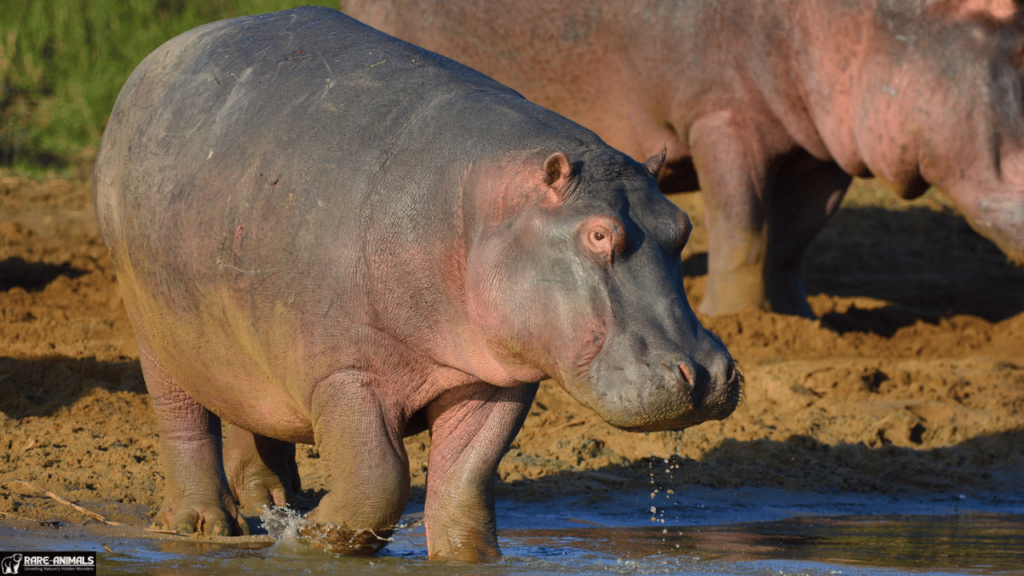
8. Wildebeest (Connochaetes taurinus)
Characteristics
Wildebeests, also known as gnus, are famous for their annual migrations across the Serengeti.
Notable Traits:
- Travel in massive herds for protection and access to fresh grazing.
- Depend on synchronized calving for survival.
- Recognizable by their curved horns and bearded appearance.
Ecological Role
Their migrations support nutrient cycling and provide prey for predators.
Conservation Status
Stable, thanks to protected migration corridors and national parks.
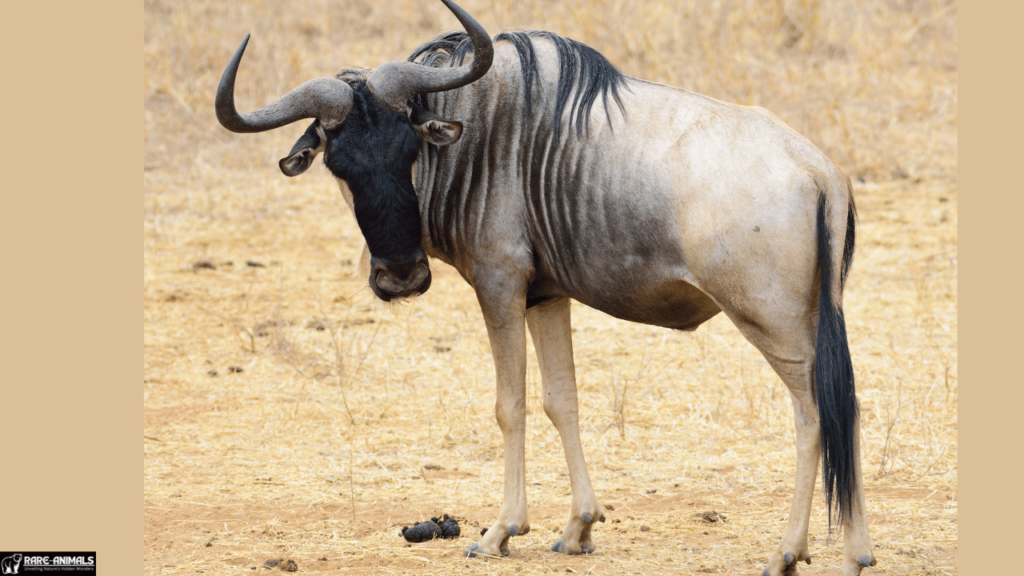
9. African Buffalo (Syncerus caffer)
Characteristics
Buffaloes are powerful, social animals that travel in large herds.
Notable Traits:
- Strong horns used for defense.
- Highly social, with complex herd dynamics.
- Known for their unpredictability and strength.
Ecological Role
Their grazing patterns shape the savanna landscape and influence plant diversity.
Conservation Status
Although stable, they face threats from habitat loss and diseases. Anti-poaching measures and disease control are essential.
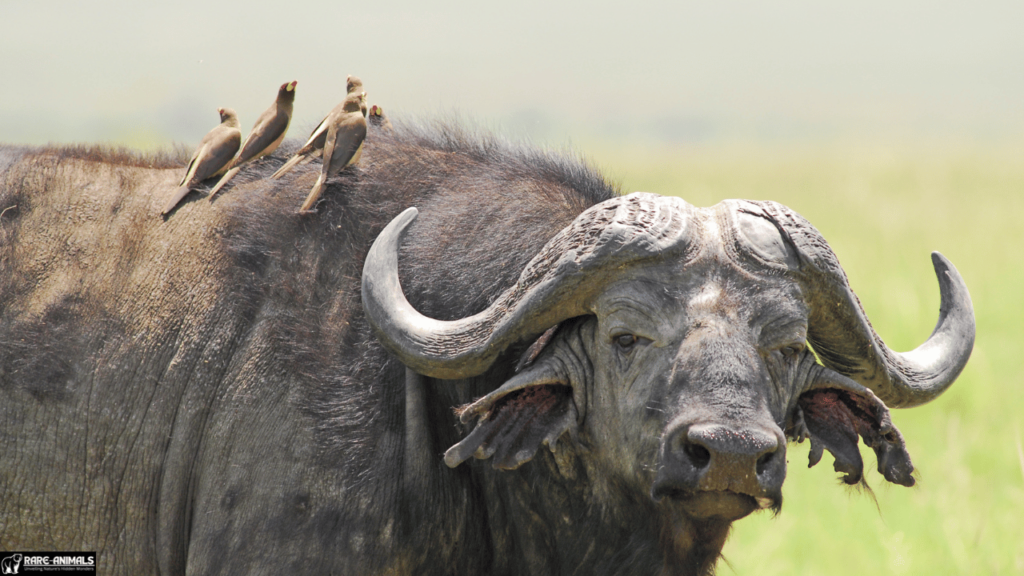
10. African Wild Dog (Lycaon pictus)
Characteristics
African wild dogs, also known as painted wolves, are renowned for their striking coat patterns and pack dynamics.
Notable Traits:
- Hunt in coordinated packs, achieving high success rates.
- Communicate using vocalizations and body language.
- Play a critical role in controlling prey populations.
Conservation Status
Critically endangered due to habitat fragmentation and diseases like canine distemper. Conservation programs focus on habitat connectivity and disease management.
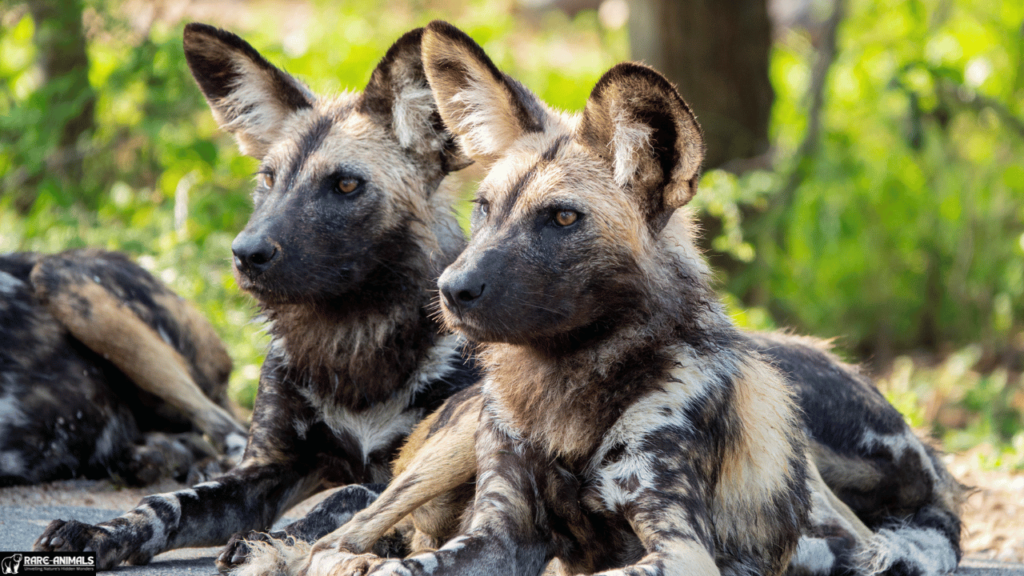
Conservation Challenges and Opportunities
Challenges
- Habitat Loss: Agricultural expansion and urbanization reduce available habitats.
- Climate Change: Altered weather patterns disrupt ecosystems.
- Human-Wildlife Conflict: Encroachment leads to negative interactions.
Opportunities
- Ecotourism: Generates funding for conservation while raising awareness.
- Community Involvement: Engages locals in sustainable practices.
- Technology: Drones, GPS tracking, and AI support monitoring and protection efforts.
FAQs
1. What is the “Big Five”?
The Big Five refers to the African elephant, lion, leopard, rhinoceros, and buffalo, originally coined by hunters but now celebrated by wildlife enthusiasts.
2. Why is the savanna important for biodiversity?
The savanna supports a wide range of species, from herbivores to apex predators, maintaining ecological balance.
3. How can I support savanna conservation?
Donate to conservation organizations.
Visit responsibly as an ecotourist.
Advocate for policies that protect wildlife.
4. What time of year is best for wildlife safaris?
The dry season (June to October) offers optimal wildlife viewing as animals gather around water sources.
5. Are all savanna species endangered?
Not all are endangered, but many face threats from human activities, requiring proactive conservation efforts.
Conclusion
The African savanna is a treasure trove of biodiversity, home to some of the most iconic wildlife species on Earth. From the towering giraffe to the elusive leopard, each species plays a unique role in this intricate ecosystem. By supporting conservation efforts, we can ensure these incredible animals thrive for generations to come.
Explore ecotourism opportunities, support conservation organizations, and share this article to raise awareness about the importance of protecting the African savanna.

Alveena is an experienced content writer with a knack for crafting engaging and insightful pieces. She thrives on breaking down complex ideas and presenting them as clear, captivating content that resonates with readers.

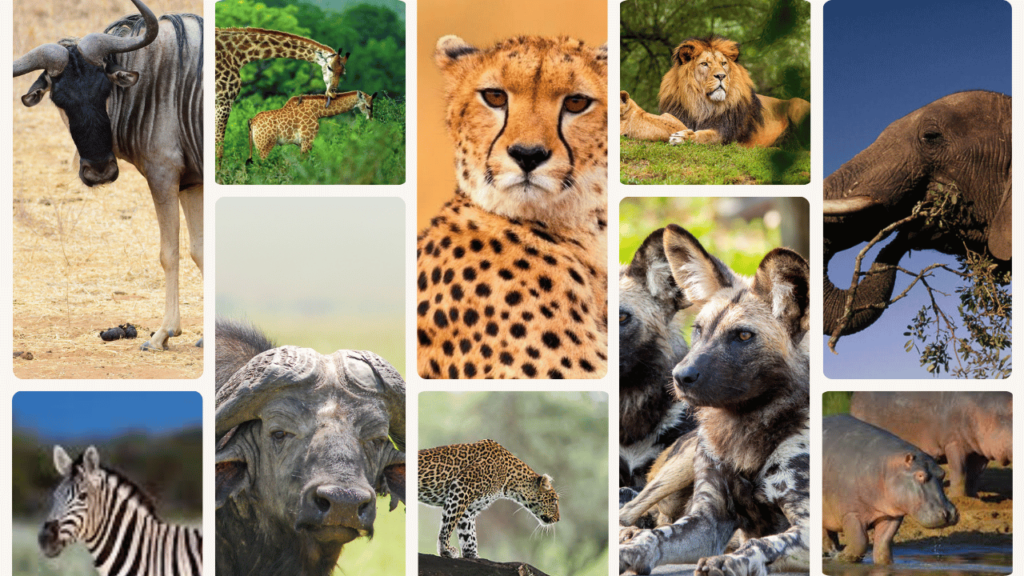

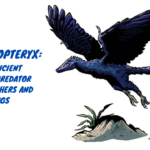




1 thought on “10 Iconic Wildlife Species of the African Savanna”